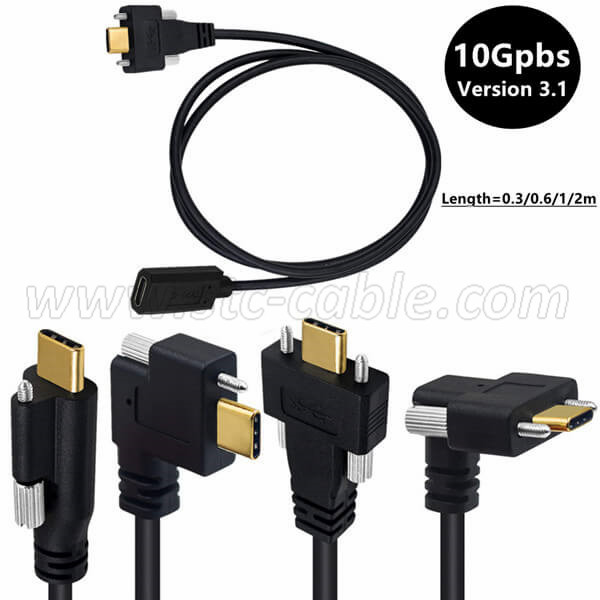Why did a USB C port stop working after the laptop shut down due to a low battery?
When a USB-C port stops working after a laptop shuts down due to a low battery, several potential issues could be at play:
1. Power Management and Device Reset: Sometimes, a sudden shutdown due to low battery can affect the power management settings or the state of the USB ports. When the laptop shuts down abruptly, the USB controller might not reset properly, causing the ports to malfunction until the laptop is fully rebooted or the power state is properly reset.
2. Hardware Issue: There could be a hardware problem with the USB-C port or the internal connections. If the laptop was physically moved or jostled during or after the shutdown, it might have caused a loose connection or physical damage.
3. Firmware or Driver Corruption: A sudden shutdown can occasionally lead to corruption in the firmware or drivers related to the USB ports. If the system files or drivers are affected, the USB-C port might not function correctly until these issues are resolved.
4. Power Surge or Static Electricity: In rare cases, a sudden shutdown can cause a power surge or static electricity issue that affects the USB port. Unplugging the laptop, waiting a few minutes, and then restarting it might help clear any residual electrical issues.
5. Battery Health: If the battery is degraded or not functioning properly, it may not be providing consistent power to the laptop, which can affect the USB ports. Check the battery’s health and consider replacing it if it’s old or not holding a charge well.
Troubleshooting Steps
1. Restart the Laptop: Sometimes, a simple restart can resolve issues related to sudden shutdowns and reset the USB ports.
2. Check Power Settings: Go to the power management settings in the operating system and make sure there are no settings that might be disabling USB ports to save power.
3. Update or Reinstall Drivers: Check for driver updates for the USB controller in the Device Manager (for Windows) or the equivalent on other operating systems. Reinstalling drivers can sometimes fix port issues.
4. Inspect the Port: Look at the USB-C port for any visible damage or debris. Clean it carefully if needed.
5. Test with Different Devices: Try connecting different USB-C devices to see if the problem is with the port or the device itself.
6. Perform a Hard Reset: For some laptops, performing a hard reset (shutting down the laptop completely, disconnecting all peripherals, and holding down the power button for 15-30 seconds) can help clear any residual issues.
If these steps don’t resolve the problem, it could be a more serious hardware issue, and consulting a professional technician or the laptop manufacturer’s support might be necessary.
Send your message to us:
Post time: Jul-18-2024
